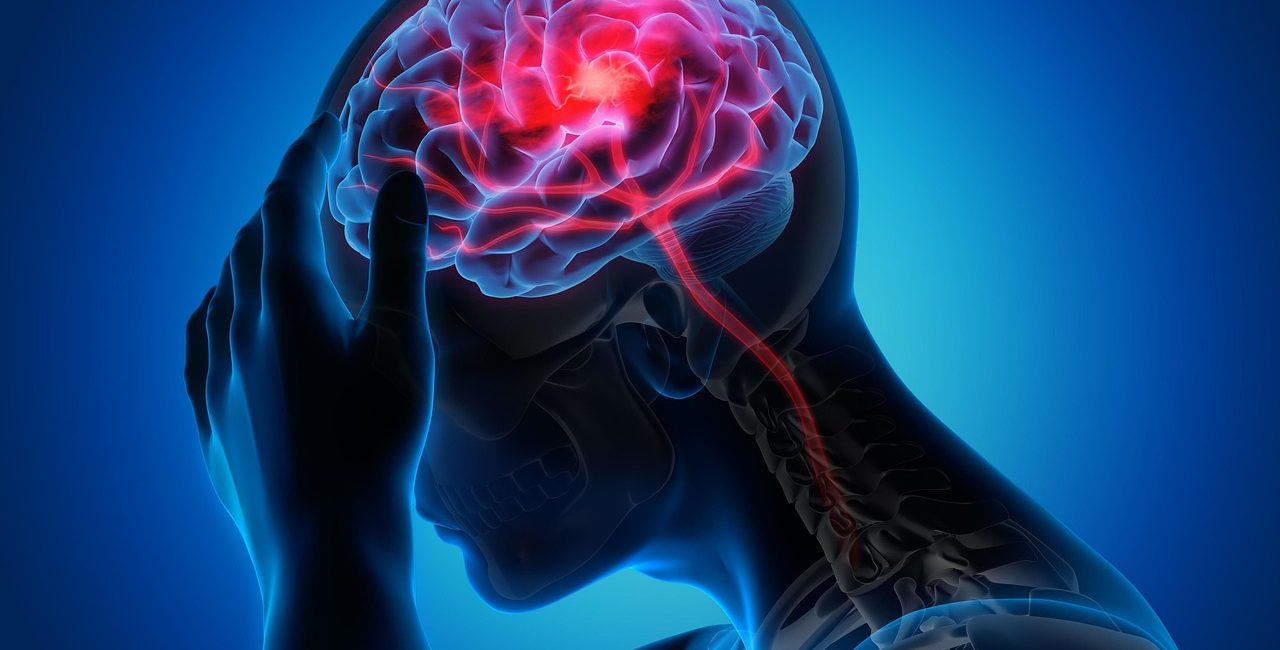Although stroke, Alzheimer’s, and Parkinson’s are major concerns for doctors due to their severity and rising mortality rates, one neurological condition deserves special attention on World Brain Day since it is very common in young people. It is far less serious than the aforementioned ailments, but it is extremely disruptive to work performance: migraine, a type of headache that can cause nausea, vomiting, or sensitivity to light and sound.
Dr. José Manuel Moltó, a neurologist at Alcoy Hospital and vice president of the Valencian Neurological Society, argues that migraines are the largest cause of lost work hours. This is shown, he claims, by different investigations conducted by the Spanish Neurological Society, which confirm their severely crippling consequences.
Estimates suggest that this issue wastes 20 million workdays in Spain annually. Particularly in chronic cases, migraines can lead to reduced productivity and work absences. Seventy percent of migraine sufferers are obliged to cease their normal activities during an attack, resulting in an average loss of more than 13 days per month, with attacks lasting more than 31 hours, totalling more than 400 hours per month.
Although figures vary, the specialist notes that it can afflict roughly one-third of the population between adolescence and 50 years of age, with a higher frequency in women. Many migraine sufferers do not seek medical attention.
Impact on Quality of Life
“Migraine is given less attention because it does not reduce life expectancy, but its influence on the quality of life of the affected people is significant. “The majority are still of working age,” says the neurologist. It is a highly frequent disease with no known aetiology, a main neurological disorder that can be treated via stress management, enough rest, and healthy lifestyle practices.
Moltó also mentions strokes and dementia as major public health concerns, albeit Alzheimer’s and Parkinson’s affect older people more.
Strokes
The doctor emphasises that strokes are becoming more common among people in their fifties and sixties. In terms of treatments, he emphasises the importance of vessel reopening techniques, with Doctor Balmis General Hospital in Alicante serving as a provincial benchmark and accounting for a sizable proportion of the country’s stroke units.
He also discusses the overall organisation of the Stroke Code in the province and in the Valencian Community.
Cocaine
Regarding these moments among young individuals, he adds that they have always occurred, but infrequently. However, the risk increases with the use of poisons like cocaine and various synthetic drugs, exacerbating the dangers of these behaviours.
Neurological illnesses are extremely common in Spain, with 23 million sufferers, and globally, with over 3 billion.
“They cause extraordinarily high levels of disability and afflict a large proportion of the population, ranging from 40% to 50%. However, if we can teach the population how to care for themselves, we may be able to regulate these illnesses and prevent a major percentage of this impairment.”









No Comment! Be the first one.